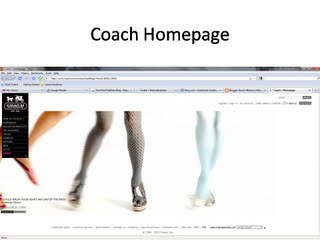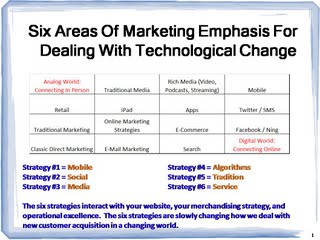If you really want to understand the incremental impact your marketing activities have on your business, be sure to have more than 5% of your file in the mail and holdout groups. Obviously, you cannot have 30% of your file in mail and holdout groups, but you might be able to accommodate 7.5% or 10% of the file in each segment.Once you have the appropriate number of customers in the mail and holdout group, go ahead and segment each group based on prior customer behavior. Then, run your analysis (incremental results of the mailed group minus the control group) on segments of customers.Here are some of the segments you might wish to analyze:- Telephone Shoppers.
- Online Shoppers.
- Your Digital Profiles (often very enlightening!).
- E-Mail Buyers.
- Non E-Mail Buyers.
- Those Who Click On E-Mail Campaigns.
- Those Who Do Not Click On E-Mail Campaigns.
- Recent Buyers (i.e. Last Three Months).
- Lapsed Buyers (i.e. Last Purchase = 13-24 Months Ago).
- Paid Search Buyers.
- Affiliate Marketing Buyers.
- Banner Ad Buyers.
- One Time Buyers.
- Multi-Buyers.
- Multi-Channel Buyers.
- Retail Buyers.
- Those Who Buy From A Merchandise Division.
- Those Who Buy From Multiple Merchandise Divisions.
- Urban vs. Suburban vs. Rural Buyers.
- Discount vs. Full-Price Buyers.
- Those Who Buy Inexpensive Items.
- Those Who Buy Expensive Items.
Oh, there's so many other variables you can create segments from and analyze. Simply put, there's so much value to be had by conducting these type of tests, coupled with very simple measurement techniques.
So, why aren't more e-mail marketers and catalog marketers executing these tests? Your thoughts?
Labels: Mail And Holdout Tests




